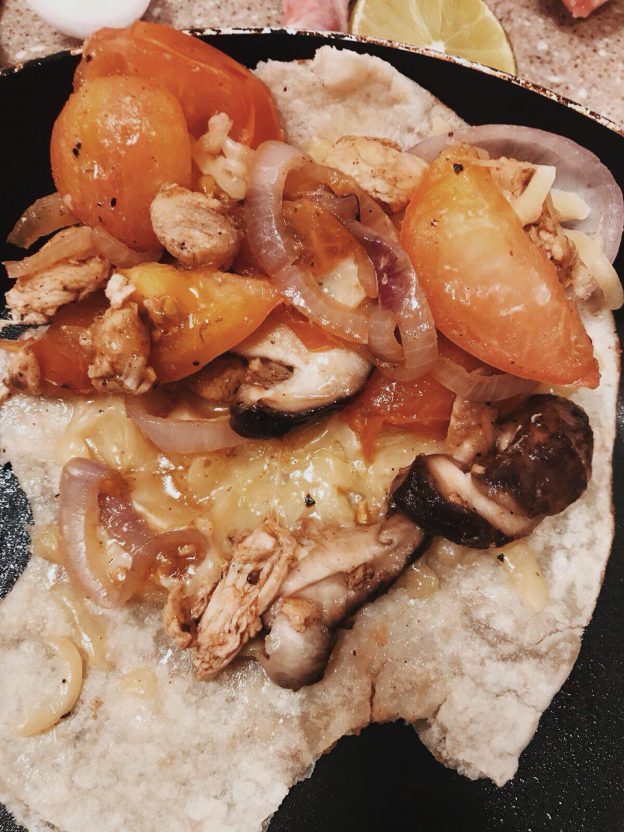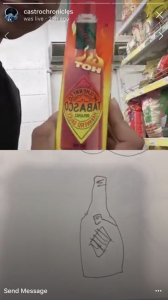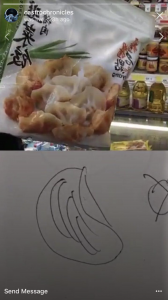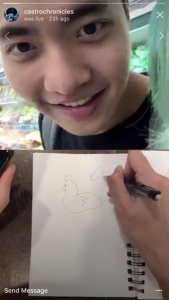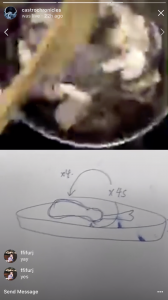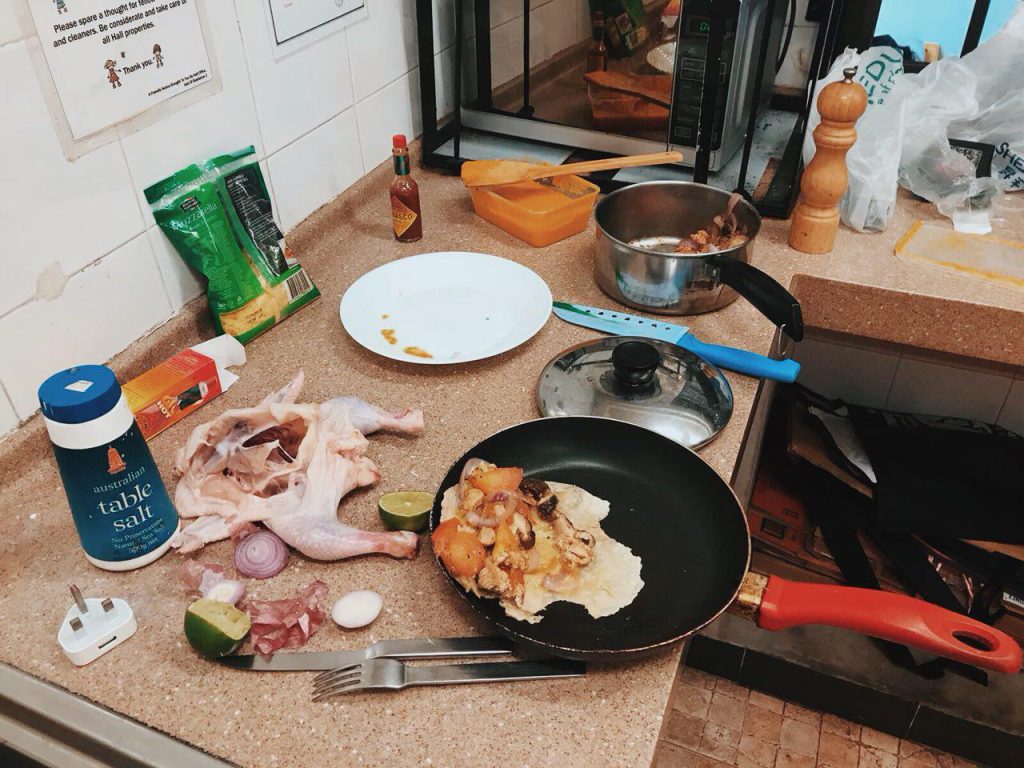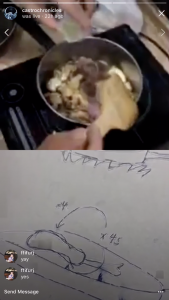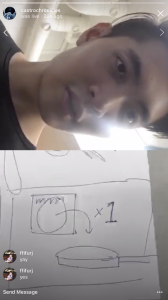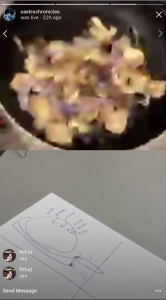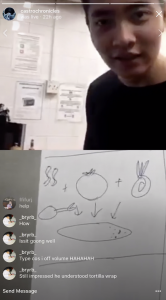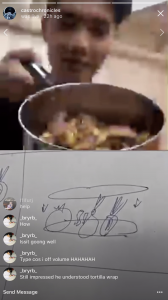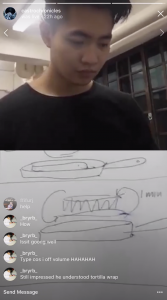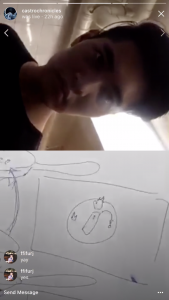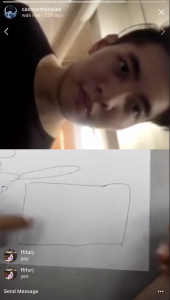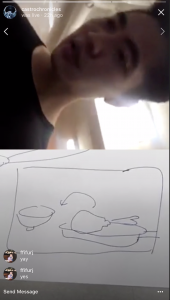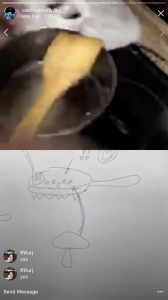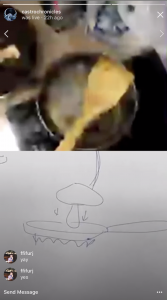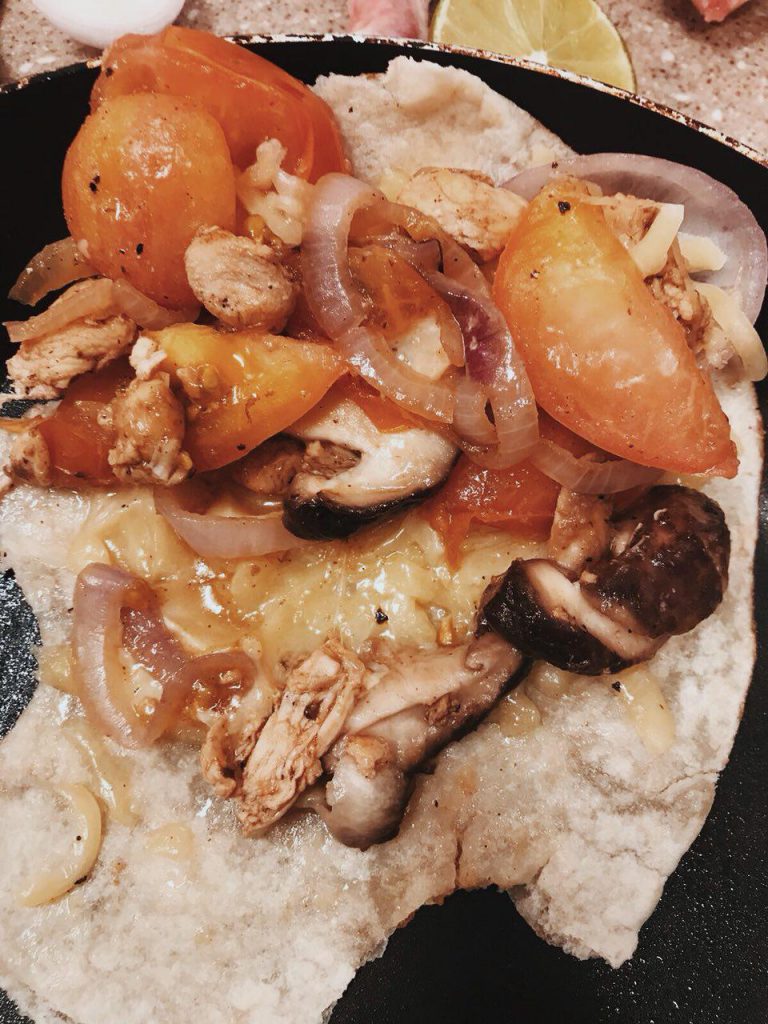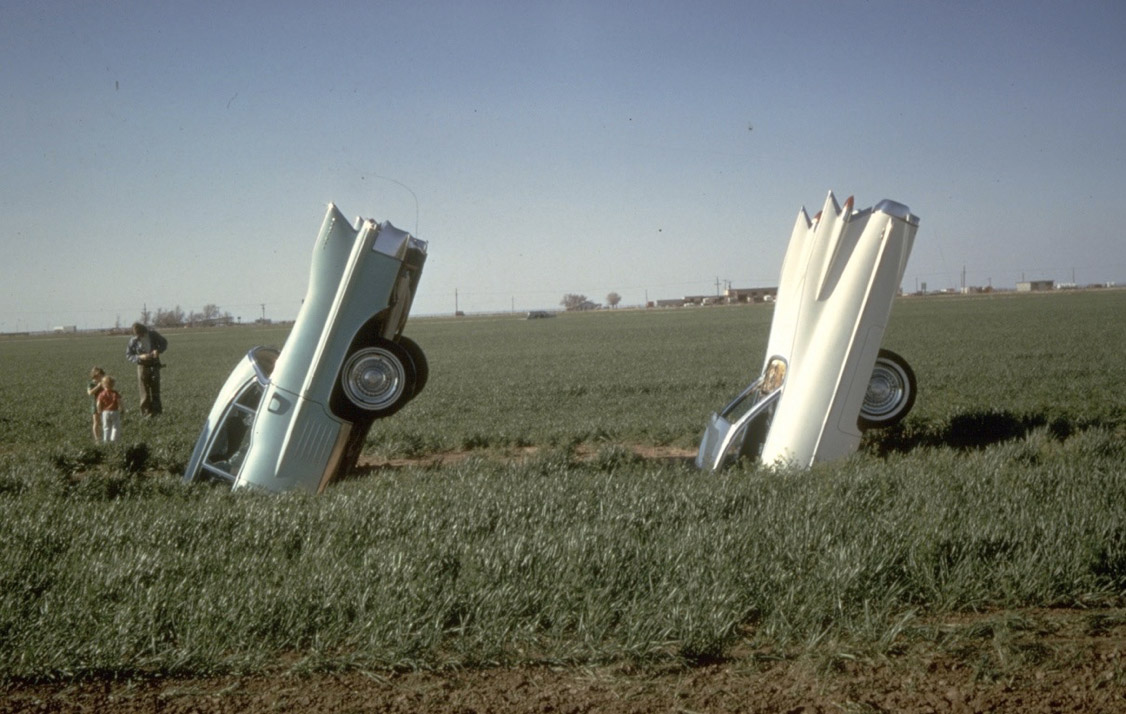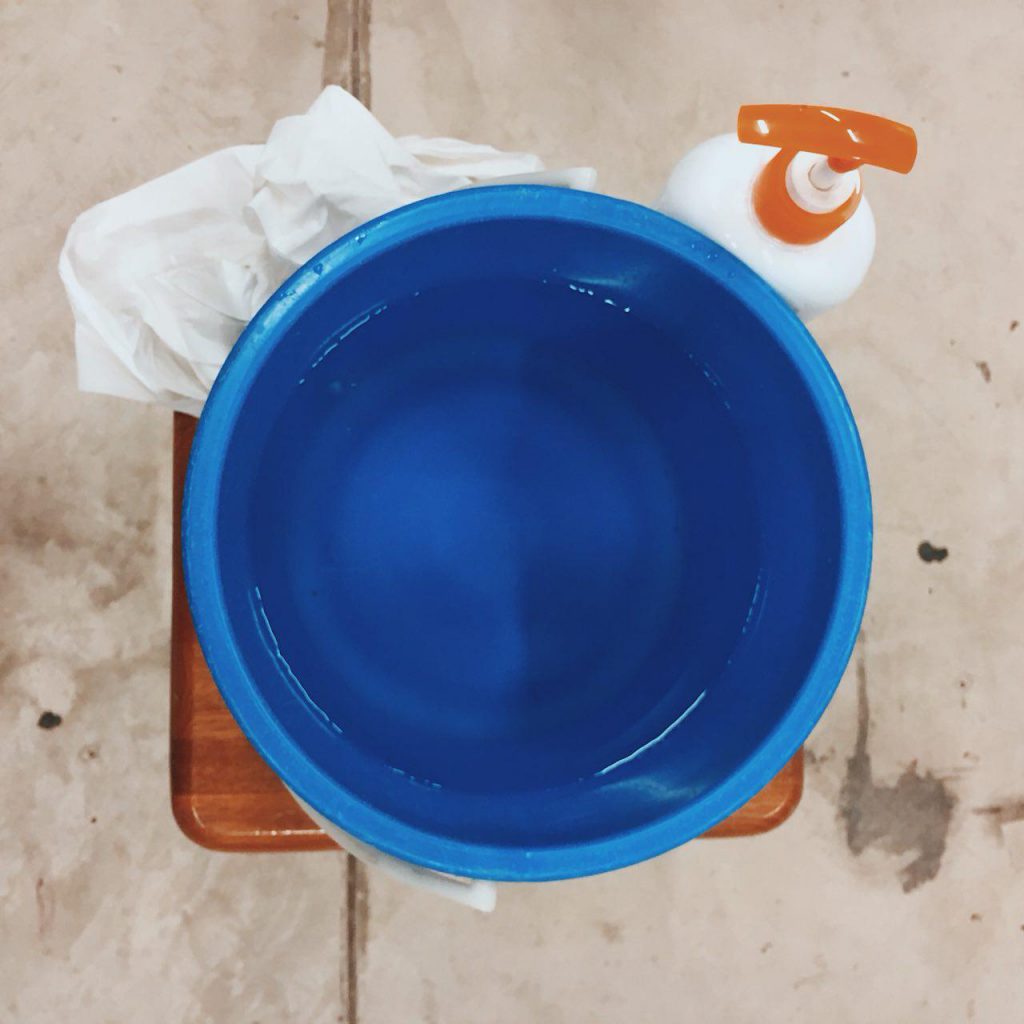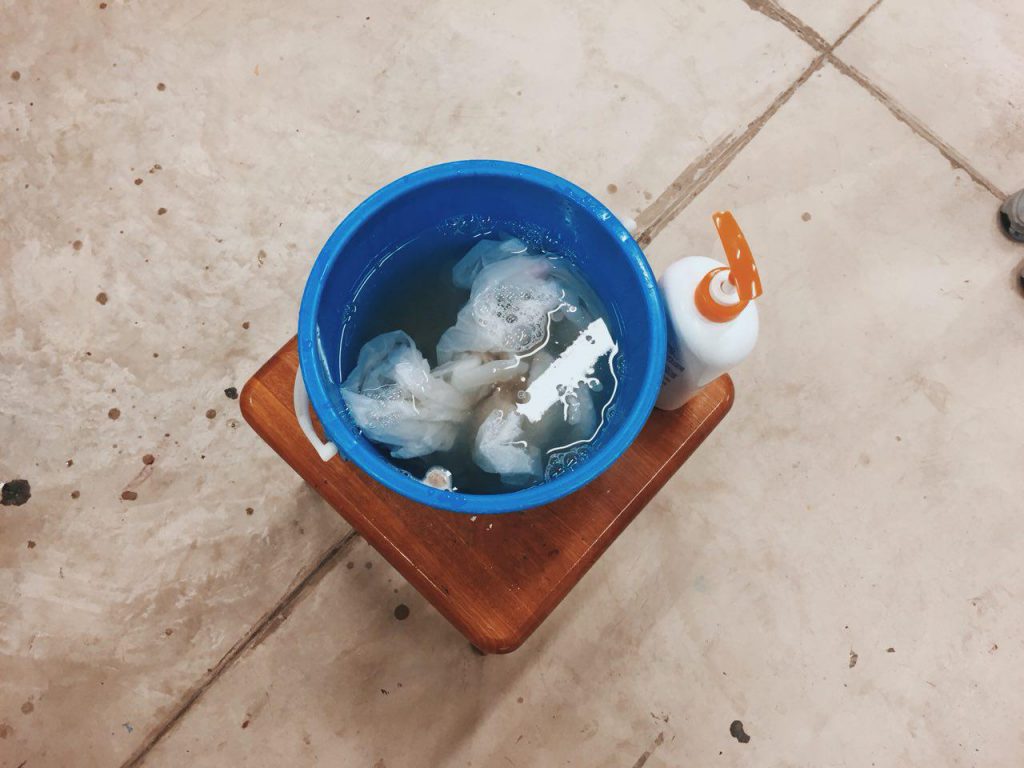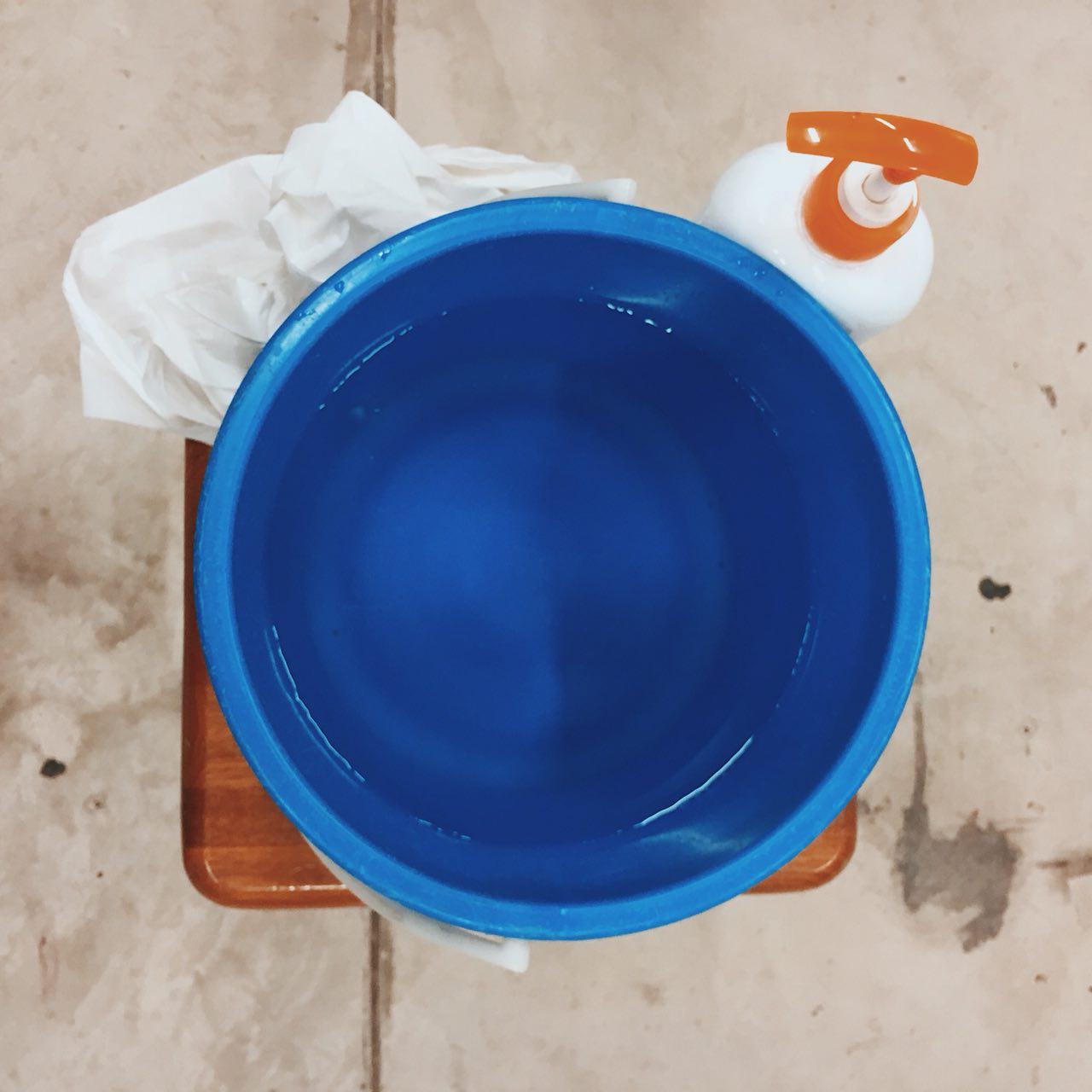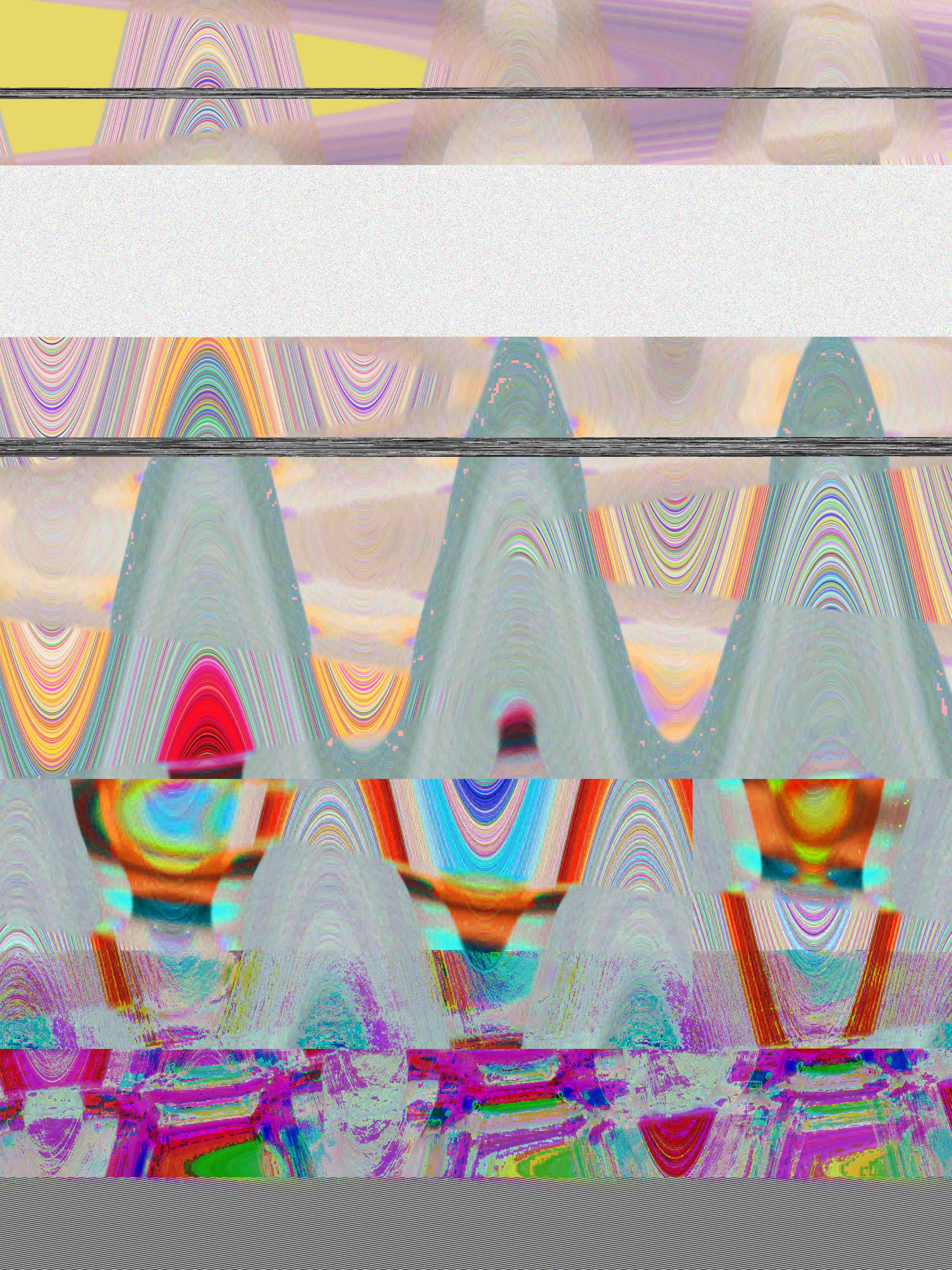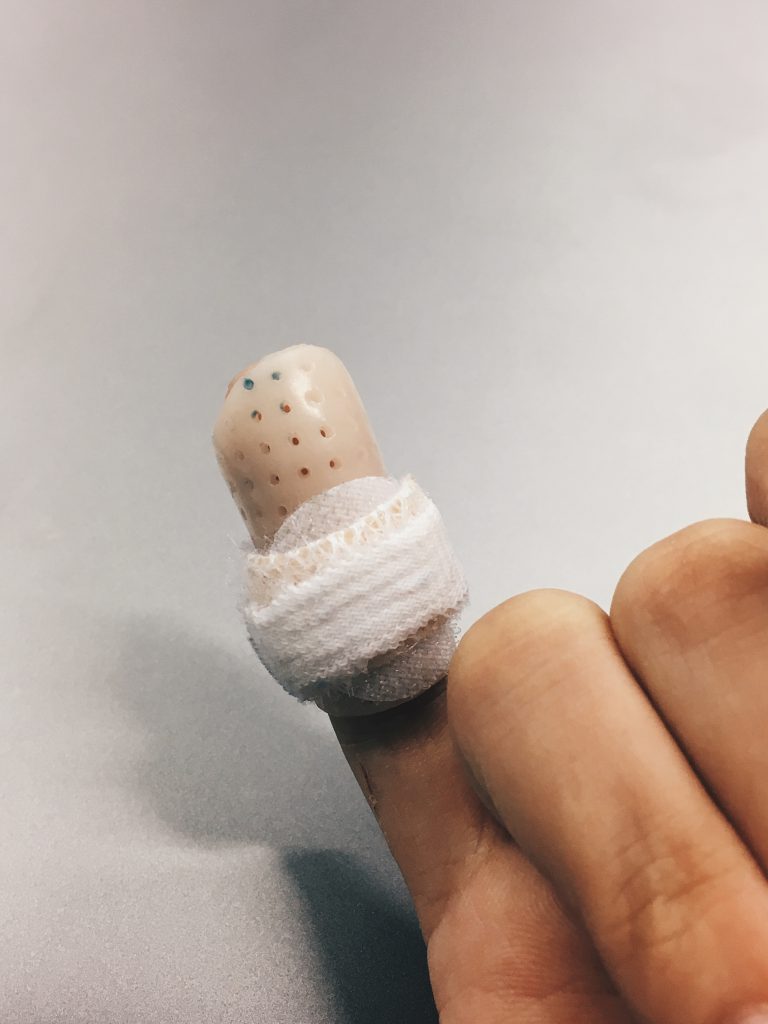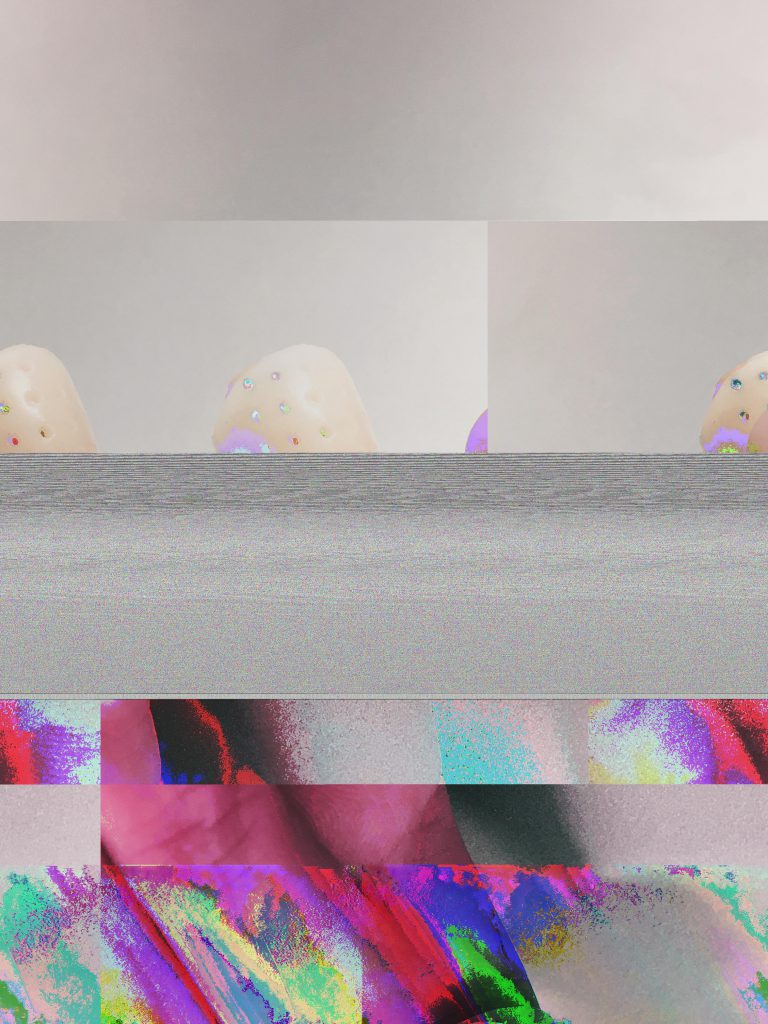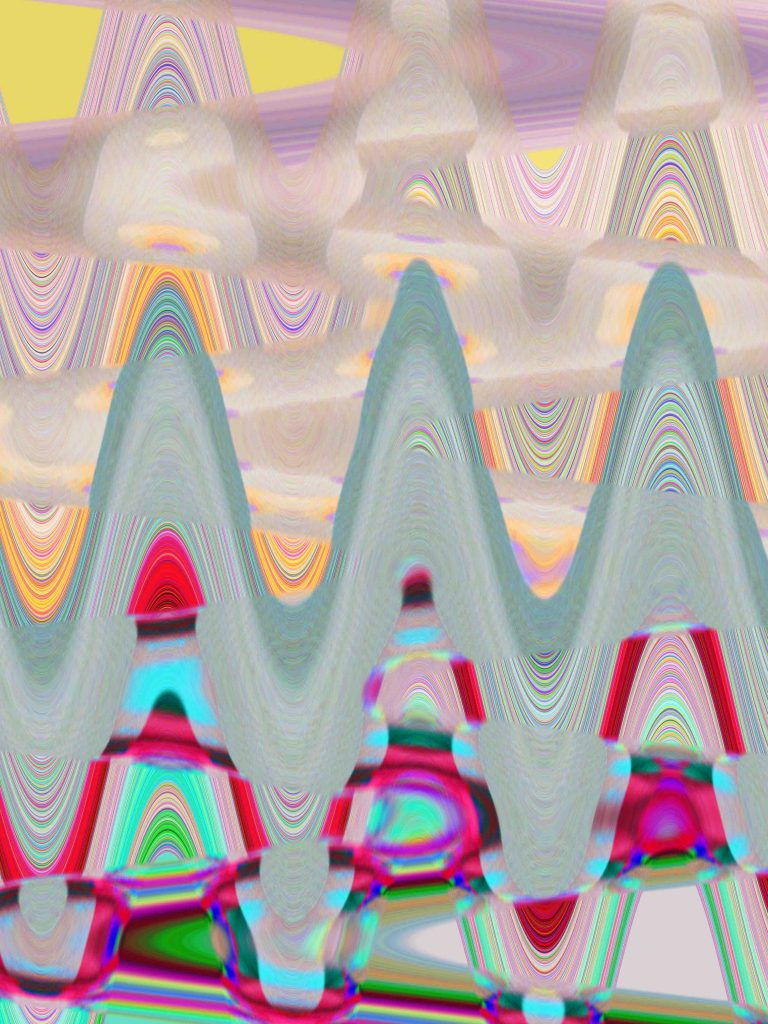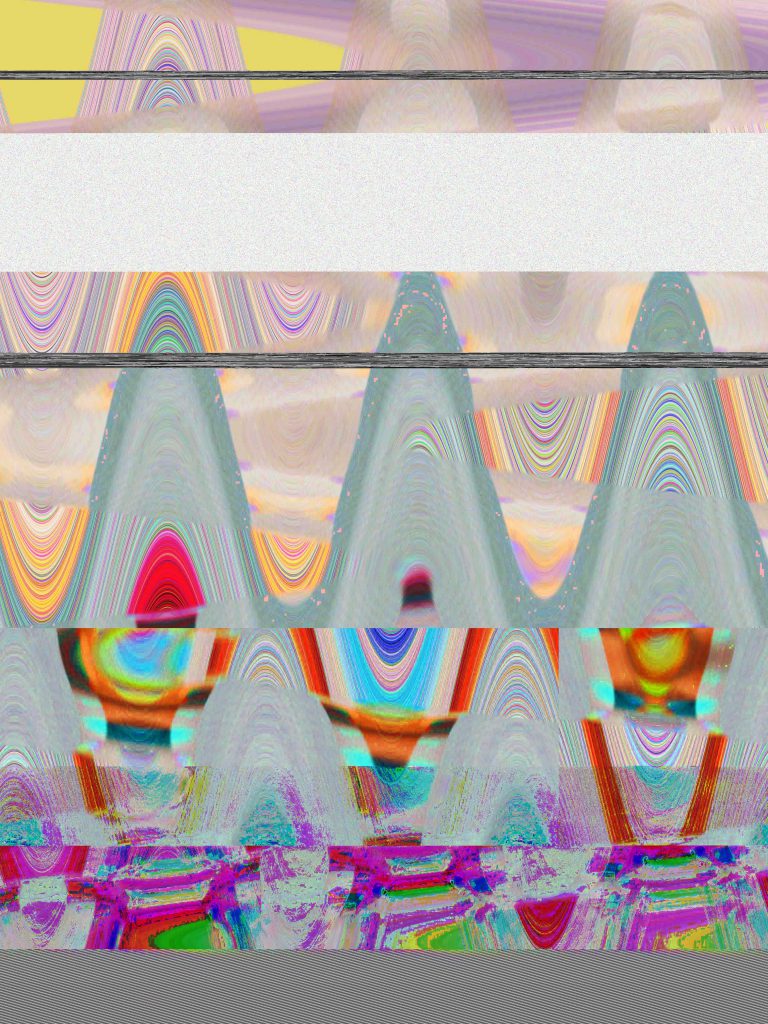Introducing Split Chef
Split Chef is what the name suggests – a chef split into two. It is a game that is played by these two splits, where one will take on the role as the Artist, while the other takes on the role as the actual Chef. Their goal is to work with the other to prepare a dish, although not without some twists – both players will not be in the same room at any point of time, will only be connected via live-streaming phone screens and will not be allowed any form of verbal communication in discussing the recipe. How the game works is that the Artist will have to draw the received recipe/instructions within limited time, of which the Chef will then have to execute based on his/her interpretations of the drawings.
Roles
Apart from the players, we have four moderators – Brendan, Bryan, Joel and myself. We occasionally switched our roles, so at the end of it we all moderated or filmed in some way.
With the Chef
Brendan: Cameraman
Bryan: Moderator (Assist player if in need of help/ensure smooth flow of game)
With the Artist
Joel: Cameraman + Timer
Dion: Moderator (Provide recipe/instructions)
DIWO
The game focuses on an artistic co-creation, where the making of the final dish is a result of both parties’ inputs. Laying it out, the Artist interprets the instruction, draws it for the Chef, the Chef interprets the drawing, and executes the instruction.
Additionally, an audience on the livestream increases the DIWO aspect where their added interpretations of the drawings help the Chef make decisions on his/her execution, therefore also being ‘co-artists’ of the final dish.
In a Third Space

Instagram has recently allowed for two accounts to share the same live stream, much like Facebook Live, which we used to have information be relayed from one person to another. We decided on Instagram as our third space as it was the platform that we are most active and have the most followers on, hence allowing for the highest possible audience engagement during our live show.
Glitched
Glitch occurs in several ways throughout the game.
A dish is normally believed to be prepared by one chef, or at least if there are several, in the same kitchen. However, the planned procedure of preparing the dish in this game is already glitched, in the sense that the dish is being prepared by two people, in two separate rooms that are no where near each other.
On top of that, the miscommunication that occurs throughout the game where the Chef interprets the wrong instructions through the drawings makes more glitches to the dish, turning the planned dish into a whole other dish.
A Cooking Reality Show: Split Chef
Recipe

The final recipe that we decided on was a Chicken Quesadilla, which was the same one from our test run, just with a few adjustments. We initially expected this to be quite an easy dish to complete as it only involves one cooking method, however, our three runs (incl. test run) have shown some very contrasting outcomes on the very ends of the spectrum.
From our test run, we also decided to keep in the aspect of throwing in three random ingredients (bananas, macaroni and lime) into the shopping list so as to throw off our players in trying to predict what they will be preparing. This worked really well, because one of our Artists didn’t even realise what the dish was until it was near the end…
Round 1: The Noobs
Artist: Jacob | Chef: Tiffany

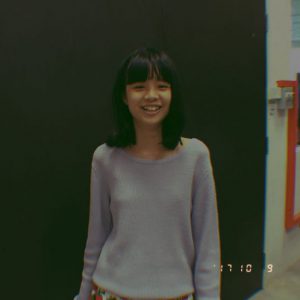
The initial idea was to compare a round between strangers and friends (this pair being strangers), to see if relationship matters in a situation like this. We scouted for players with the basic skills of drawing and cooking, but were very surprised when we found out how much Jacob can’t actually draw or Tiffany* cook. After seeing the drastic outcome of this first round, we decided to compare skill levels instead.
*Tiffany: She had told Bryan that she was able to cook rice, traditionally in a pot. Bryan thought that if she could do such a thing then she probably has some basic cooking skills. On the way to Giant to start the game, she told Bryan, “I only know how to cook rice”.
Highlights of Round 1
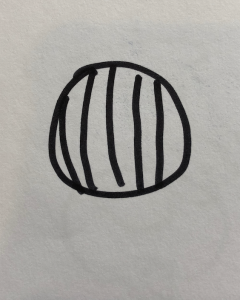
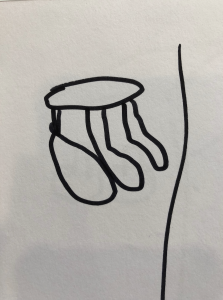
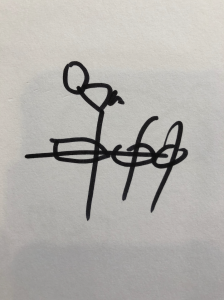
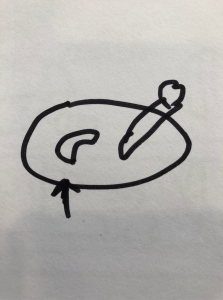
Drawings in order:
An onion, bananas, BBQ sauce, a chicken
Items bought by Tiffany:
Garlic, bananas, sausages, peanuts
Tiffany had identified the onion drawing as an onion, but had bought garlic instead. The bananas look like a stool. It didn’t occur to Jacob how important the symbolism of a bottle was, so his drawing of skewers made the audience and Tiffany think he meant sausages. No one could see that Jacob was drawing the side view of a full chicken (quite a good drawing, actually), and everyone thought it was a plate with a peanut and a carrot… and thus our main ingredient for the dish became peanuts.
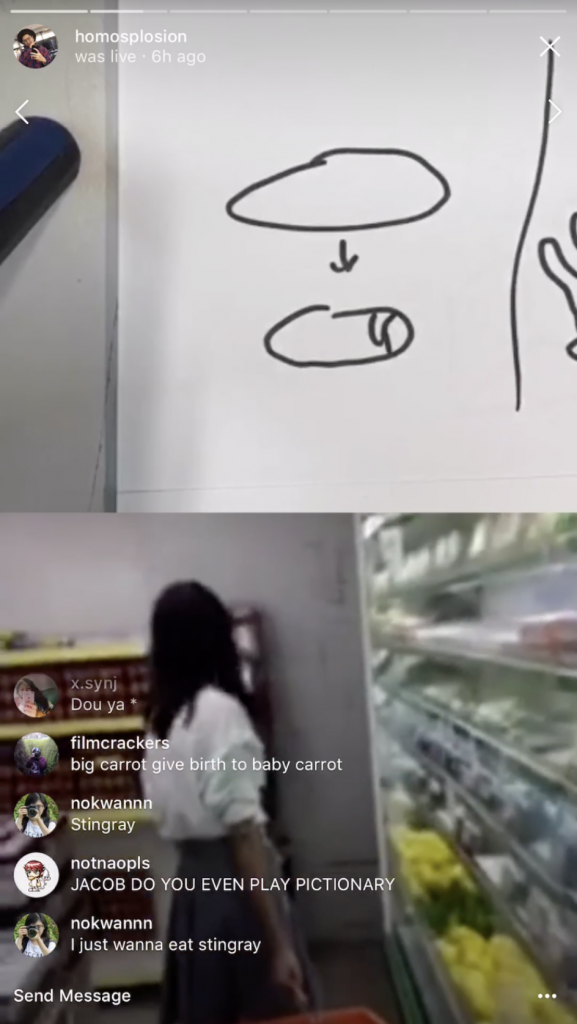
A few of the comments that were trying to help Tiffany with Jacob’s drawing of tortillas, along with some very unhelpful but entertaining comments of Naomi scolding Jacob for his skills, and Nok Wan just being… Nok Wan.
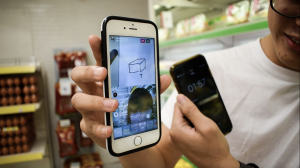
Here is Tiffany looking at the drawing of butter and being utterly confused. Someone in the audience had actually mentioned butter, and I even prompted and asked if she’s read the comments. Apparently she did, but she got eggs instead.
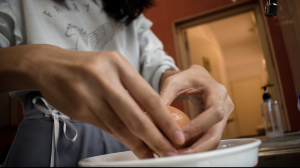
It was her third time ever cracking an egg!
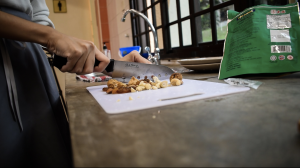
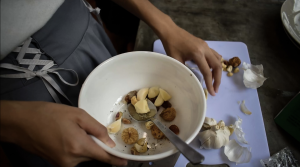
Slicing, salt and peppering peanuts instead of chicken. What we realised here was that, the chefs had to remember the ingredients that they bought according to their respective drawings, so that they would be able to re-interpret the cooking instructions. (i.e. She bought peanuts instead of a chicken. Remember that the chicken drawing = peanuts, so when the Artist tells her to slice the chicken, she can slice the peanuts accordingly).
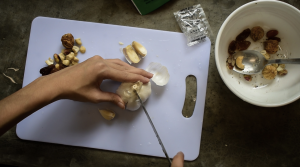
The moment where Joel and I on ADM’s side found out that she had bought garlic instead of an onion, sending us to laugh our heads off… But then we realised she didn’t know how to chop up garlic at all, and we were so scared for her hands. There ended up being full cloves of garlic in the final dish.
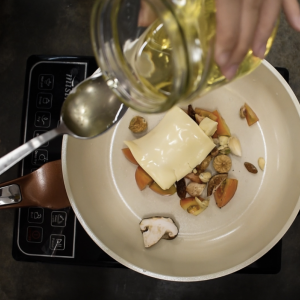
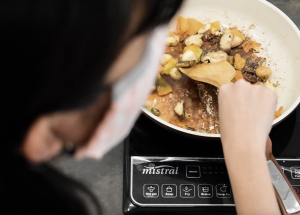
Pan Burning #1: Here, you can see what led to the first crazy burn of Joel’s very expensive pan. She had not been instructed to put all the ingredients into the pan yet, but she did, including the cheese. On top of that, you can see how she decided to only add the oil after putting down all the ingredients. She fried for way too long, what I think happened was that she was waiting for the moderators to cue the next drawing when instead we were waiting for her to give us the OK cue to move on to the next step. Therefore the burn… And as though that burn wasn’t enough,
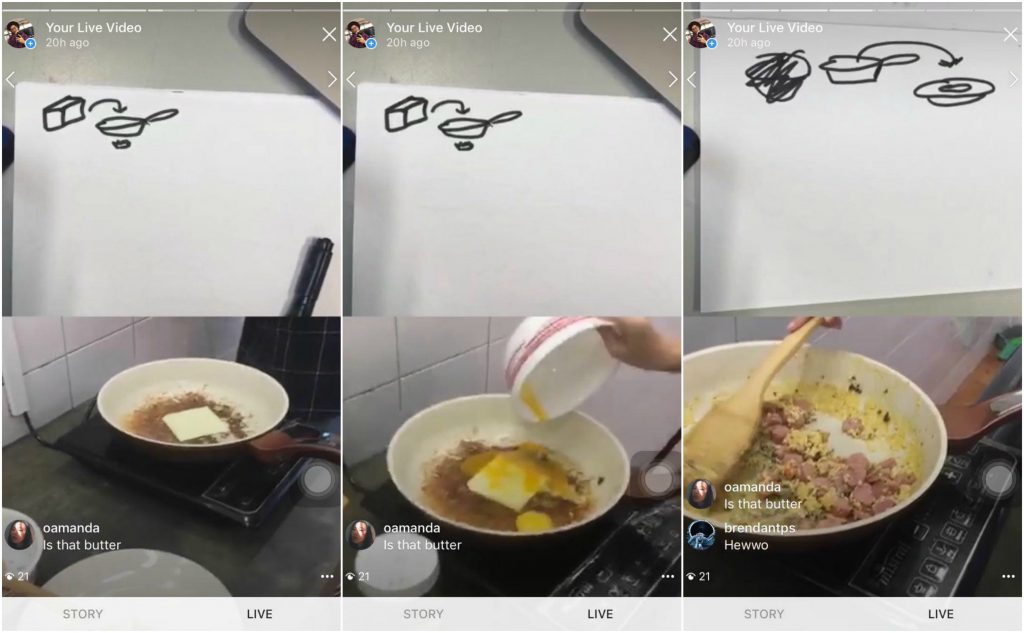
Pan Burning #2: She went ahead to fry more cheese, eggs and sausages on top of the burn!
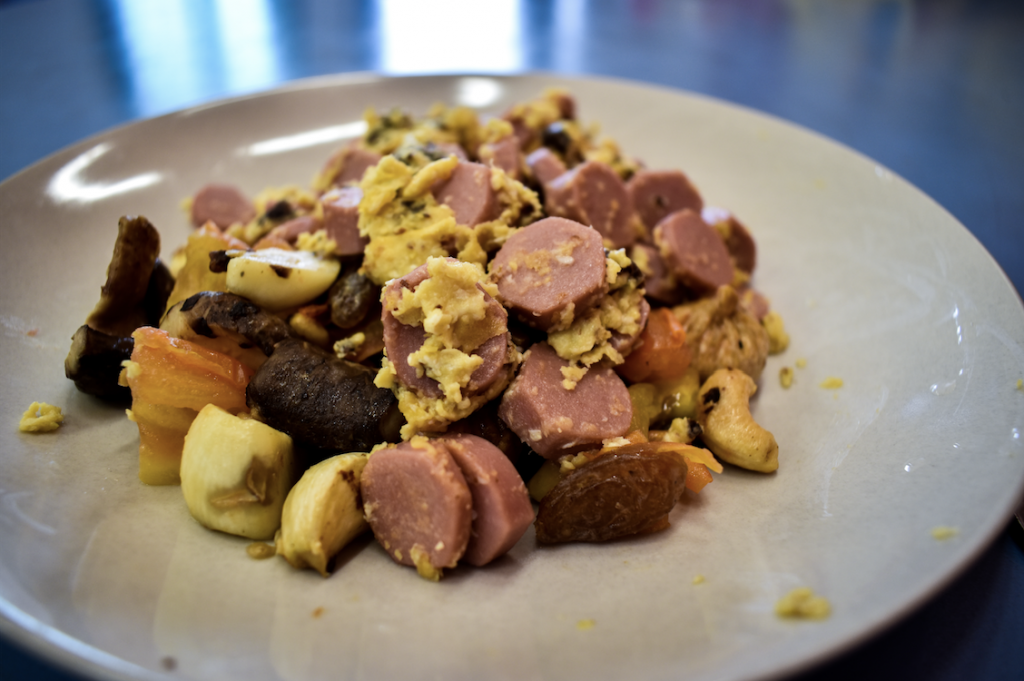
And voila, this was the final outcome – A stir fry made of ingredients not even part of the recipe.
Eggs, sausages, garlic cloves, tomatoes, half-cooked shiitake mushrooms, and peanuts!
Round 2: The Pros
Artist: Alena | Chef: Hannah

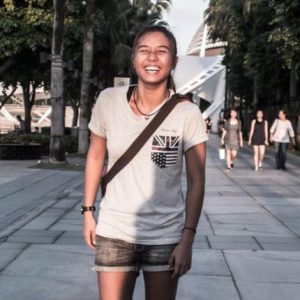
Hannah can cook, and Alena can draw. Since we initially wanted to compare friends vs. strangers, we wanted Hannah to be the Artist while Alena be the Chef, so that their skill level would be equally as good as Jacob and Tiffany’s (back when we thought they had basic skills). However, seeing how skilled Jacob and Tiffany actually were, we decided to let Hannah and Alena take the role of their strengths.
Round 2 went amazingly well, with almost every ingredient bought being correct, and the dish turning out to be oh-so-delicious. The only reason why any of the ingredients were wrong/not bought was because they were sold out.
Highlights of Round 2
With Hannah’s natural instincts as a cook, she was able to identify ingredients much better than Tiffany was able to, even when the drawings were not fantastically resemblant.
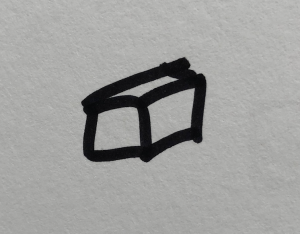
While Alena ended up drawing exactly the same thing as Jacob for butter, Hannah was able to identify what it was unlike Tiffany who bought a carton of eggs.

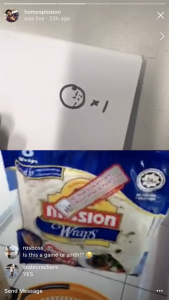
Hannah was initially confused with the drawings of the lime and tortilla, looking at oranges (she got a lime in the end) for tortilla and tortillas for lime. The confusion between the two came as somewhat an advantage, because that was when she realised she mixed the two drawings up and was actually still getting the right ingredients anyway.
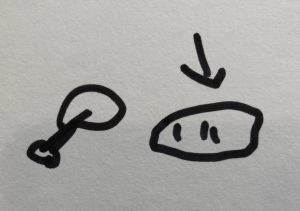
Unlike Jacob’s full chicken, Alena was smart to use symbolisms, drawing an easily identifiable drumstick and fillet. Hannah understood this as chicken fillet, but there was no stock left, so we instructed her to get the closest alternative. The only fillets left were salmon which was too expensive, so she decided to get chicken nuggets instead (which she then accidentally bought fish nuggets without checking, but they tasted good anyway!).
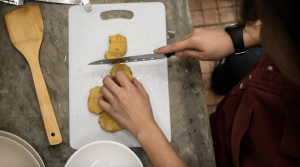
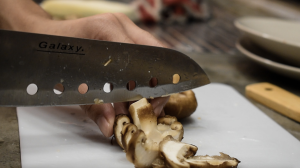
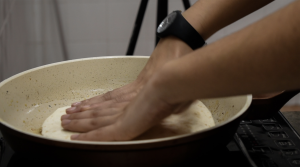
Here, we can observe Hannah’s superb cooking skills! Despite the lack of a proper chicken fillet, she was able to adapt the instructions to her fish nuggets very well – slicing them up very nicely, same for the mushrooms. Despite her lack of experience in making quesadillas, she was still able to instinctively prepare them without going against any of the instructions given. For instance, the instruction was to place the final tortilla wrap on top, but she went ahead to use her hands to press it down so that the whole thing would stick together properly.
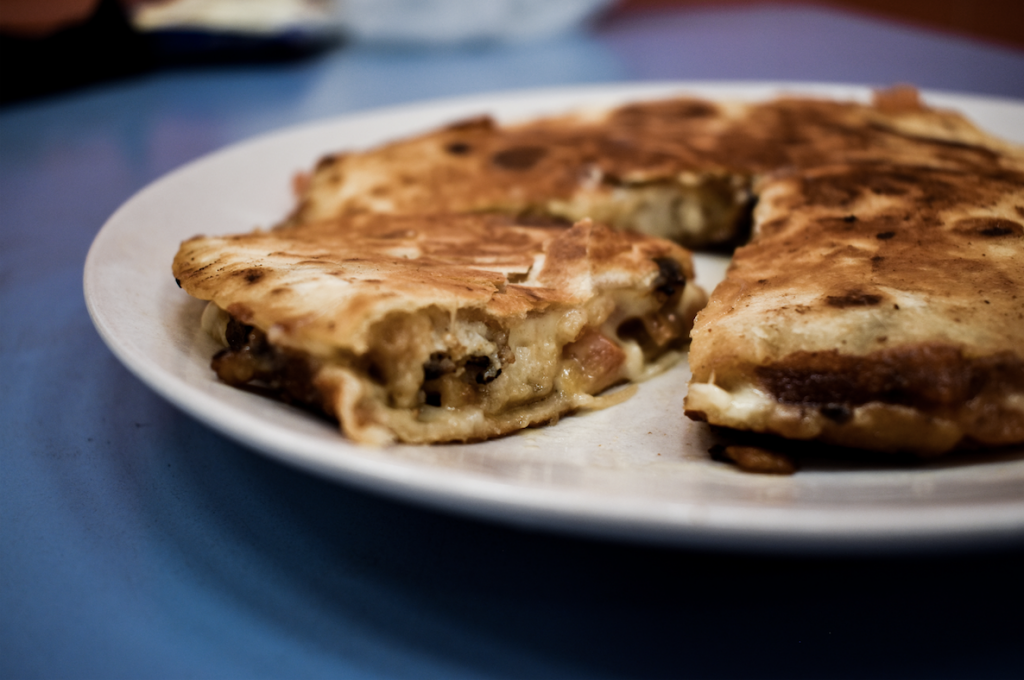
And the real voila! A BBQ fish nugget quesadilla! It tasted as good as it looks.
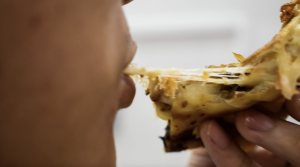
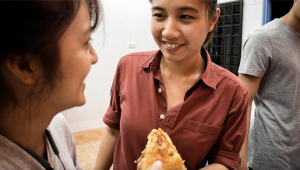
They were very happy with the results, and so were we, because we hadn’t had anything to eat for the past few hours while running the game.
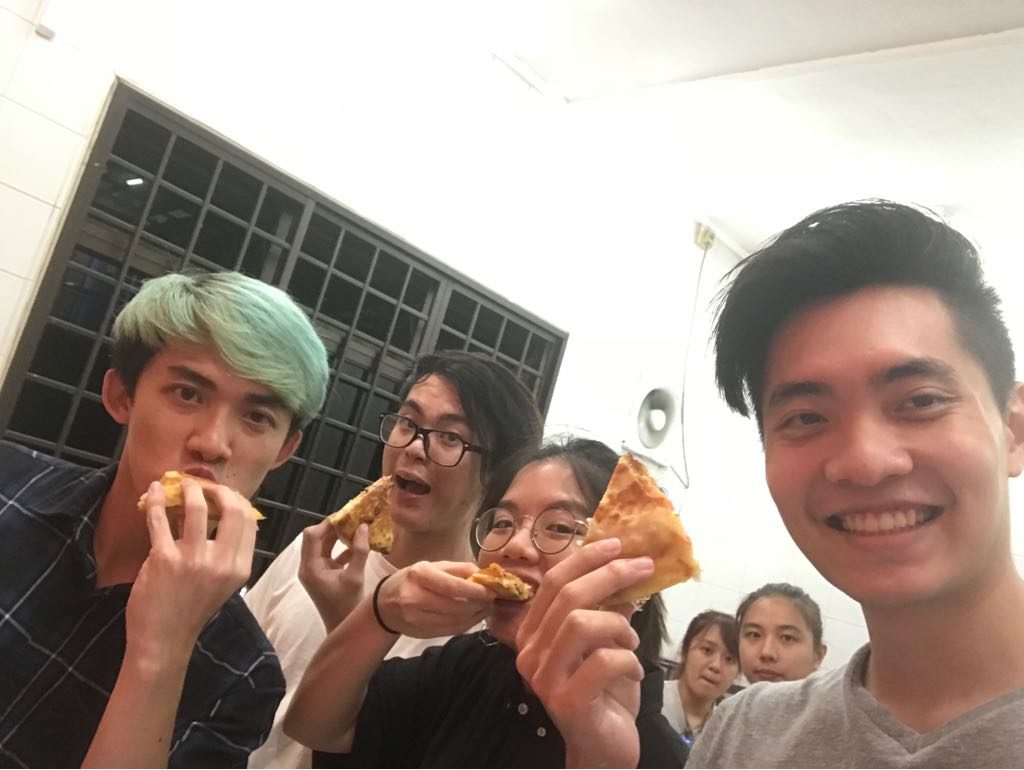
Also, this wasn’t part of the actual game, but check out Hannah’s nugget flipping skills:
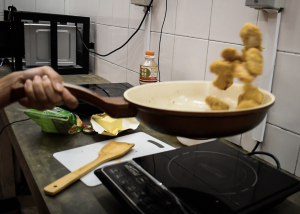
Reflection
There were overall many things that happened, and many things to learn.
In respect to DIWO, third space and glitch:
I personally feel that the concepts were brought out really well through the game, and was actually what made the game keep going. Without the audience who gave altogether some helpful, some not and some entertaining comments, the game would have been much more ‘dry’ where the Artist (and moderators) would not have anything to be entertained by other than the Chef’s doings. It was also nice to see that the interpretations by our audience could affect the outcome of the game, because one change in ingredient choice would change the entire dish at the end, and that’s where glitch comes into play.
The glitches that occurred in the transferring of instructions from the Artist to the Chef was what made the game unique to itself, and also entertaining. One mistake made by the artist, leads to a mistake in interpretation, leads to a mistake in the cooking process, leads to a mistake in the final dish. As observed in the first round, one mistake could snowball into 100 other ones, and that’s what kept up the entertainment in the game, because we were all watching the start of a disaster to its end. Comparing the two rounds, it seemed as though the second round was much more ‘boring’, because of how well Hannah and Alena were doing. It’s like they were having their own, perfect cooking show, which could of course serve as entertainment, but seeing things go wrong still manages to capture people’s attention better for some reason.
–
Through the process of this final EI project, my biggest takeaway is in its preparation.
We were highly unprepared for our test run (view post here), because rather than having everything set out before the test run (i.e. settle recipe, location’s connectivity, equipment etc.), we decided to do it all at the same time, resulting in the waste of a few hours. There were also many unforeseen circumstances as discussed in previous posts. From all these, I’ve learnt that it’s always better to be over-prepared than under, AKA it’s always better to be kiasu. If need be, come up with an entire rundown of the day’s worth of events, much like how film productions do. By planning out every single thing that we are going to do in that day, chances of missing something out that could hinder the whole process would be much lower.
I’ve also learnt that not all mistakes are bad, and that some could actually make things better (other than the glitches discussed). By not properly checking the skill levels of our players, we ended up changing the concept of our comparison on the spot, only after realising that our players were not how we planned them to be. While this could be bad planning, our mistake allowed us to end up with a much more hilarious process, as well as a clearer comparison between the two groups, because I don’t think the fact of being friends and strangers affected the outcome much.
All in all, while Interactive Media/ Events have never really been my thing since getting some experience of it back in poly (as I’d much prefer just sitting down behind a screen), I’ve really enjoyed the process of this final project because I actually managed to see the taught concepts come to live, and they happened so organically.
So, thank you Lei, for the pizza, and this great year! 🙂 🙁

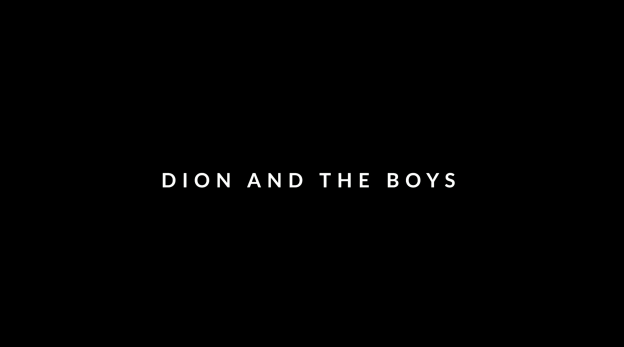
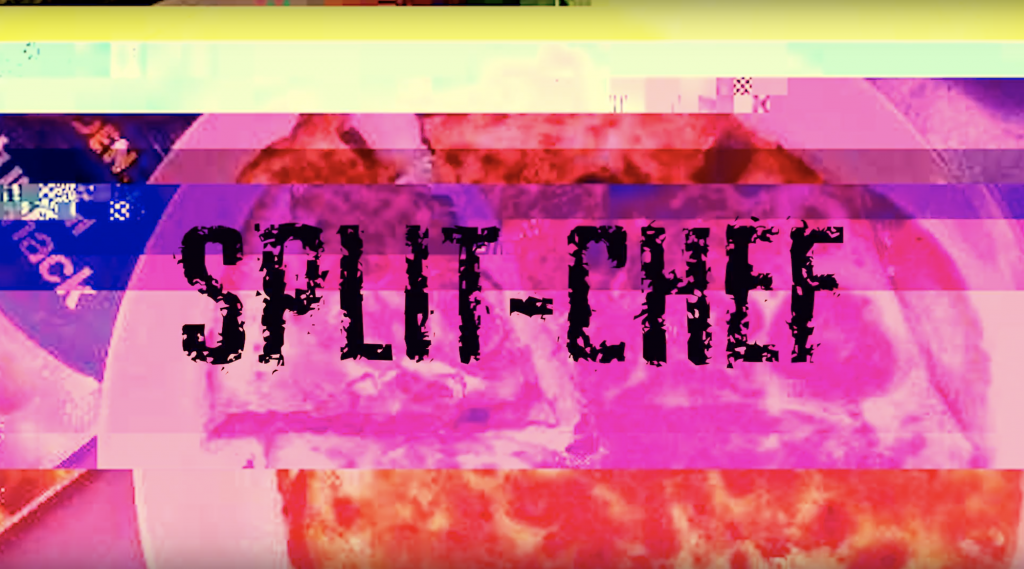

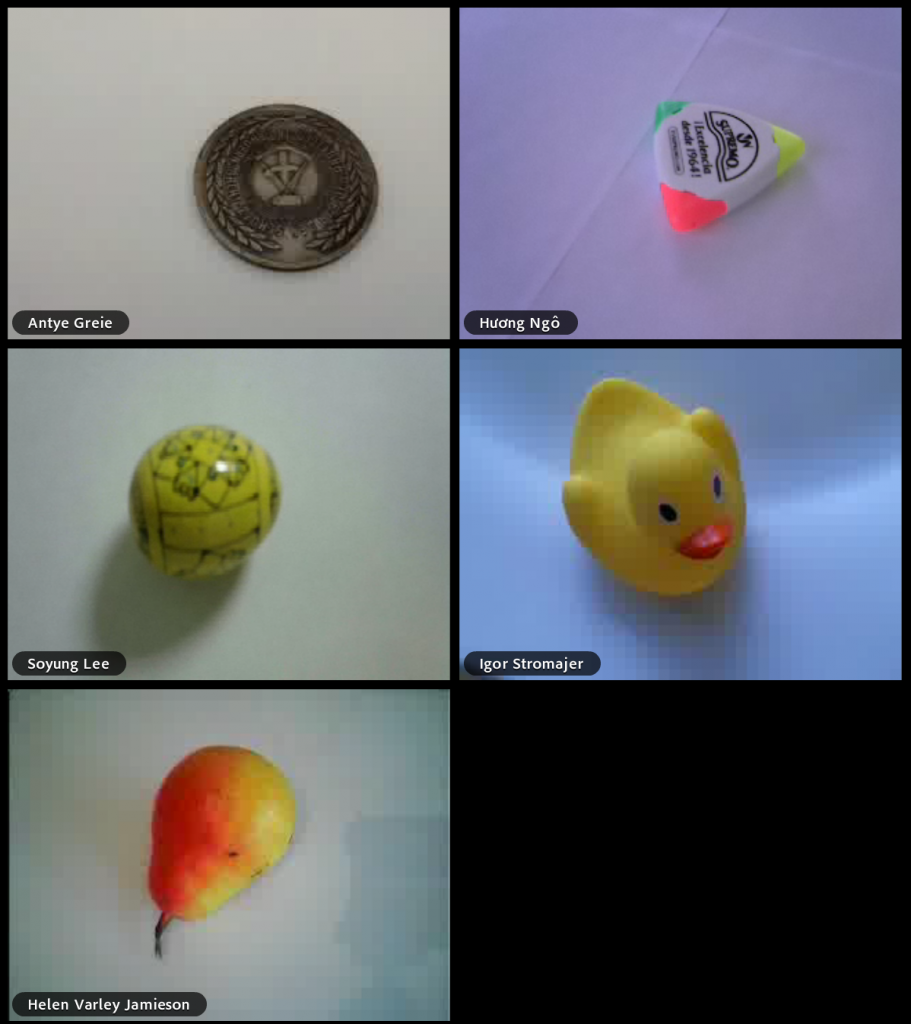
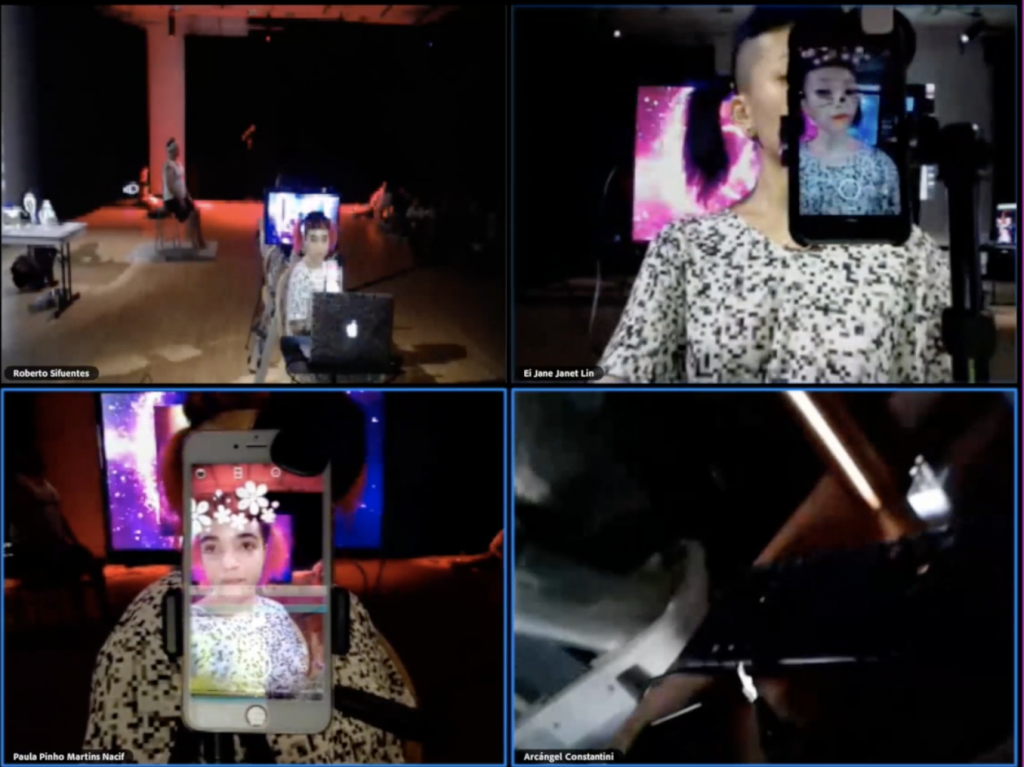
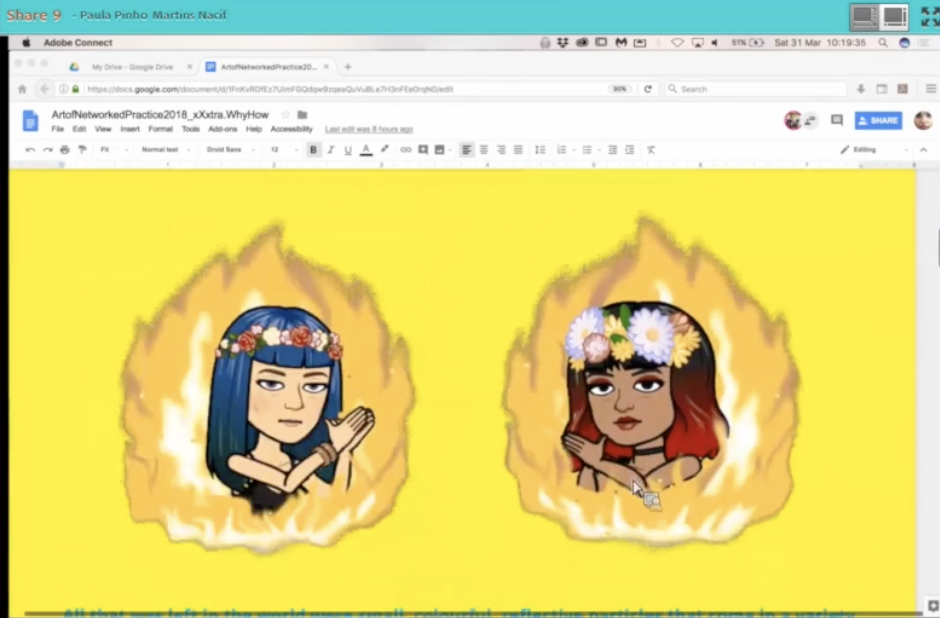

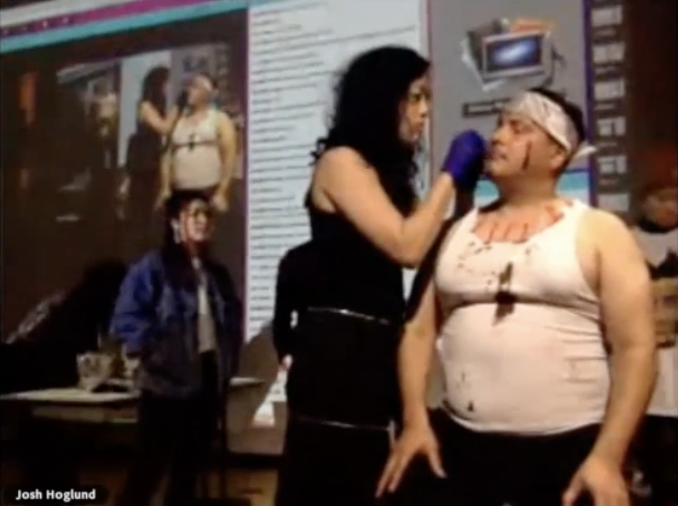
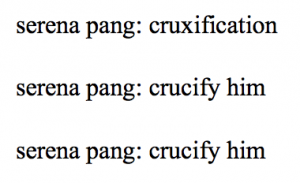



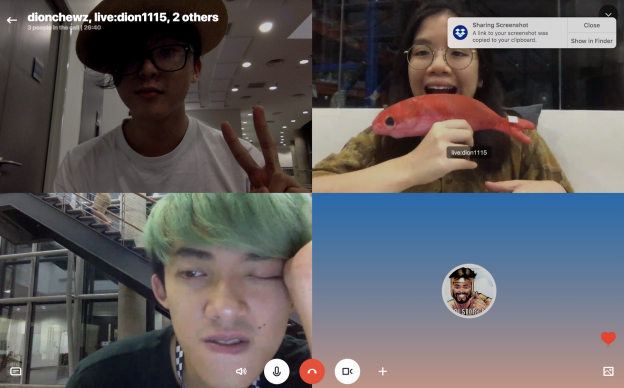
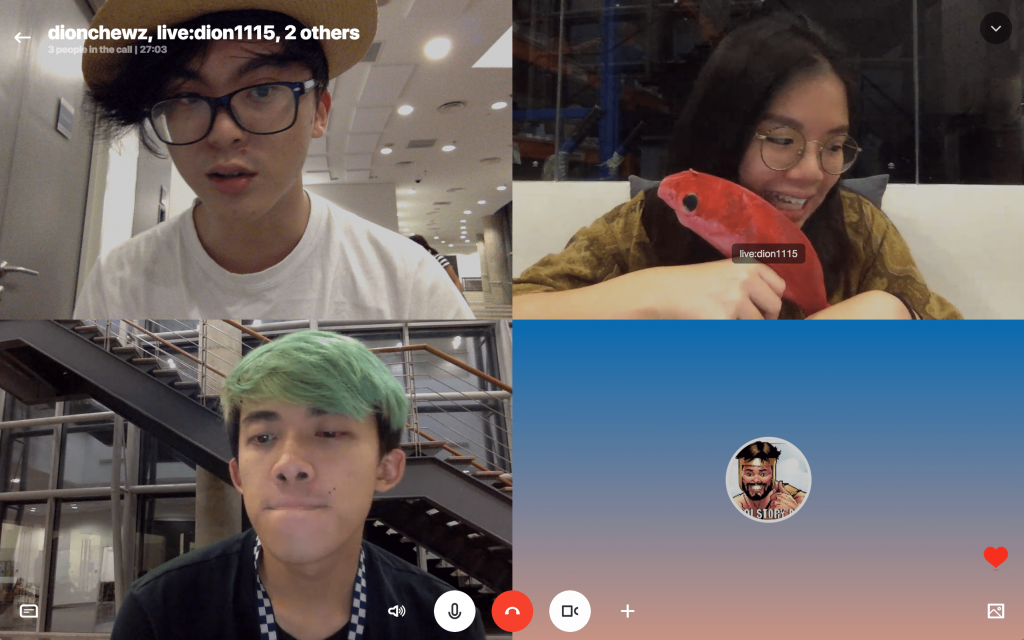
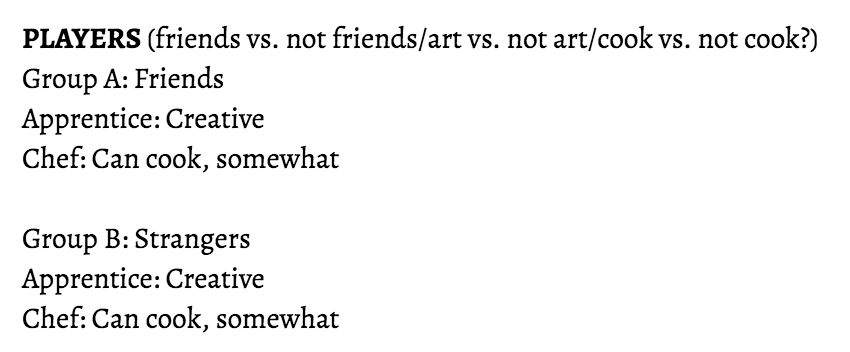


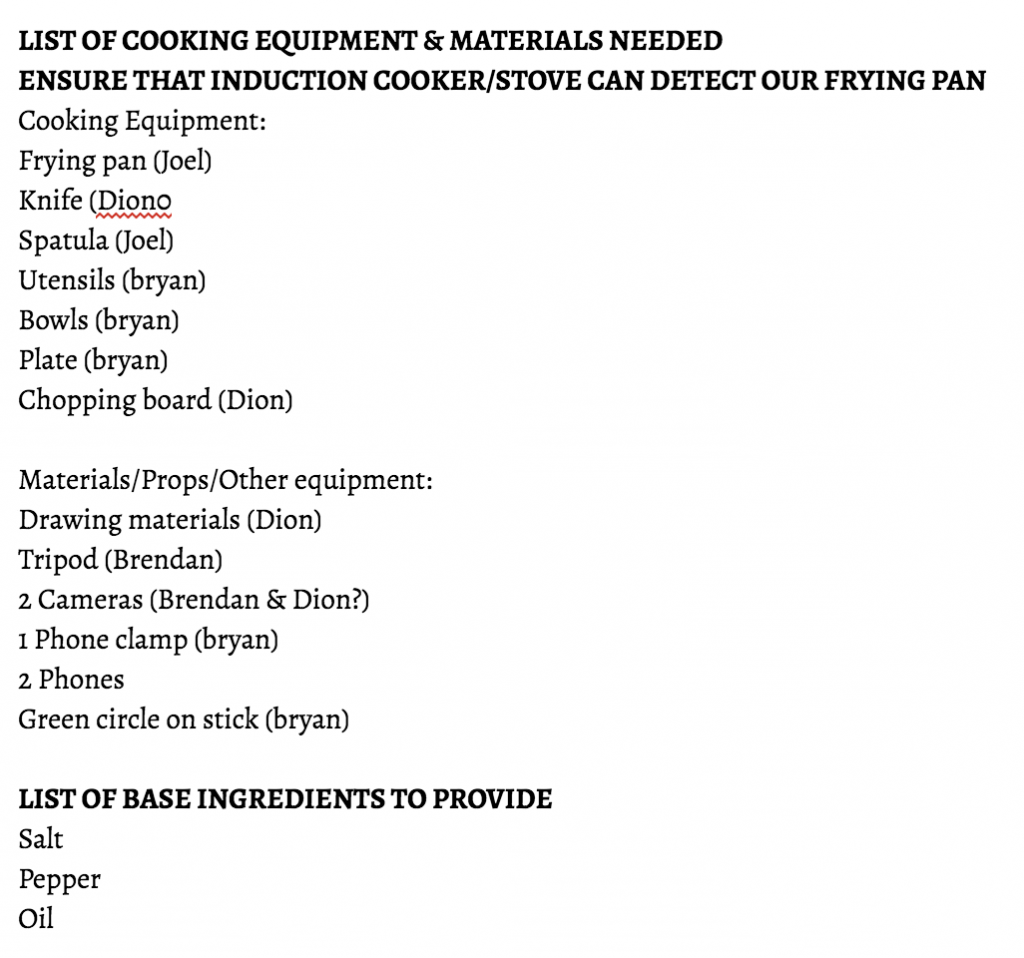






 *1) Pulled into two, 2) Pulled into threes, 3) Wiped out, 4) Undisturbed
*1) Pulled into two, 2) Pulled into threes, 3) Wiped out, 4) Undisturbed